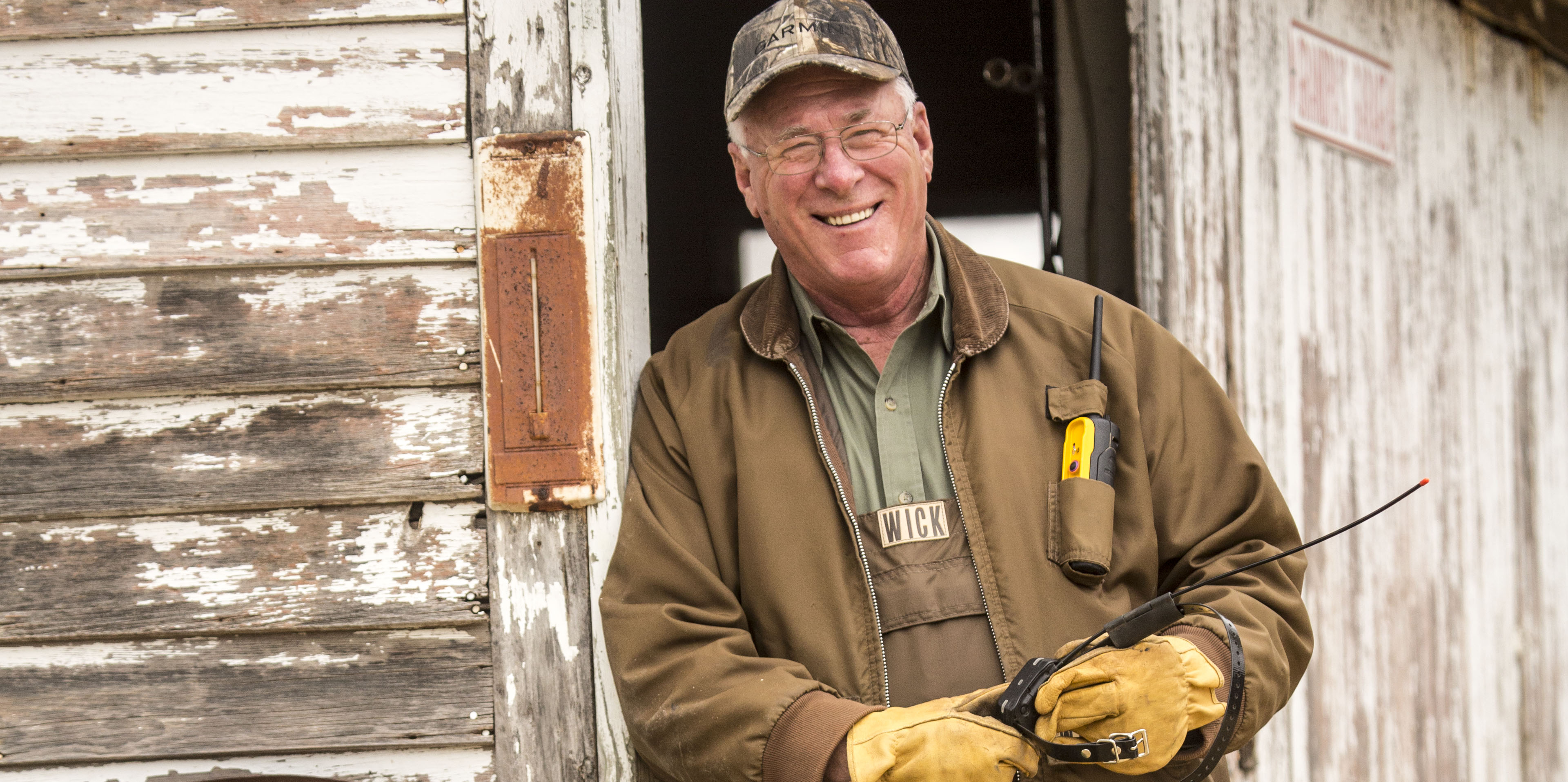
Some Things Can’t Be Fixed
The majority of experienced and successful dog trainers will heartily agree that the E-collar is the greatest training aid yet invented. Over 40 years ago, the forward thinking folks who owned Tri-Tronics/Garmin started marketing this wonderful gadget, and this company has never stopped trying to improve their products. Every improvement I’ve seen them make in all these years has made their E-collars even closer to perfect for the jobs it is so good at. Maybe it would be better to say jobs the E-collar is helpful at because what also has to be in good working order for this product to get the great results it’s capable of is the important question of whose hand is holding the transmitter.
Knowledge, experience, and good old fashioned dog savvy are very helpful aids to the person and product getting the best results possible. But the really great news is that even if you’re not a pro trainer, you can quickly and easily learn to properly use an E-collar to greatly help or solve about 90 percent of the problems or issues your dogs have.
It is simply amazing how long the list is of faulty dog thinking or behaviors that we can tweak or eliminate with a bit of careful planning mixed with sensible use of the magic button. The magic button operates the magic necklace hanging on the dog, and that in turn quickly activates his or her decision to make sincere efforts to change their ways.
When considering all the different types of dogs in the world, the list of ways E-collars can help various folks with various dogs is extremely long. In the hundreds!
It’s my experience that most folks (including many experienced trainers) don’t yet fully realize how much good they can accomplish by gently and sensibly using their E-collar for more big and little issues than they ever thought possible.
I’ll sum up this segment of my thoughts by stressing to you to always try to think like your dog. No matter what the problem is that you wish to correct, don’t give up without a fight. In other words, try some type of logical strategy before giving up or feeling the situation is hopeless. Ninety percent of the time there is a way, if there is a will. Ninety percent . . . that’s pretty darn good!
There is, however, another side to this coin that we hardly ever talk about or see addressed. I’m frequently reminded of this because some people are under the mistaken impression that I know everything about dogs and can fix every incorrect trait, habit, behavior, lack of talent, or rebellious idea they have. The reason we can fix only 90 percent of problems is that in probably every type of dog sport or job, there are possibly 10 percent of issues that we just can’t do much about. But I don’t want you jumping to a conclusion now and say, “Well the problem Rover has right now is probably in that 10 percent so I’ll just accept it, or do my best to ignore it even though it’s kind of driving me crazy.” No, the number I wish you to remember first is the 90 percent. Ninety-percent of unhelpful behaviors can be helped.
However, we do all have to acknowledge there are occasions when a problem is such an inborn trait or inherited attitude that we are licked on that one. We should always think positive and be very gung-ho, but at the same time a piece of our mind must also know our limitations, or maybe more correctly the limitations Rover was born with.
I’m not experienced with every type of dog activity, but I’m quite experienced with several types of hunting dogs. For example purposes, I’ll explain a few things about treeing dogs that I don’t believe we can change or cure no matter how much we may want to, or how much that one fault keeps an otherwise dandy young prospect from being the next superstar.
- Backtracking – This is whenever any trailing hound goes the wrong direction on a track made by any type of scent producing creature. People often ask how a dog knows which is the right direction to go. I’m not entirely sure, but do know that most hounds almost instantly can tell which direction is going to get them closer to their quarry and which will take them away from it. Most hounds quickly and vigorously go the correct direction. Then there are some that are about 50/50—half the time they go the correct direction and half the time the wrong one. Some dogs go the wrong way 70 to 90 percent of the time. Some dogs really want to go the right way, but they just can’t seem to tell which is right and which is wrong. Many others that are frequently wrong don’t seem to care if they are going right or wrong. They just care they are working a trail of some sort. The fact that it gets colder and colder and harder and harder as they go does not seem to register to them that this must be wrong, and that they need to try harder to pick the correct direction.
In my considerable experience, I’ve tried all sorts of things including setting them up in various ways and trying to catch them going in the wrong direction and tickle ’em lightly or a bit more with the E-collar, and I don’t believe I’ve ever succeeded at helping to correct his very bad trait that’s born in too many hounds.
Heredity is sometimes a stronger force than an E-collar. This is one example of an occasion where we probably have to simply accept backtracking as part of the 10 percent pile.
- Chewing the tree that the quarry has climbed and that the dog is treeing on, as well as running up the tree, jumping, falling, climbing around, and acting a fool instead of treeing like a sensible and steady dog doing its job – These are also problems I have not found a cure for. These are parts of the treeing style that some dogs are born with. In my experience, they simply cannot tree without doing these goofy things if that is the tree style born and bred in them. When that is the case, stopping them from any of these unwanted behaviors while treeing will also stop them from treeing. In the same part of the package they inherited that enables them to have a burning desire to tree are assorted other pieces that in some cases are unhelpful or hurtful enough to make the dog nearly useless for the purpose it was originally intended.
- Also on the 10 percent pile pertaining to tree dogs or hunting dogs in general is that you can’t force a dog to hunt harder, faster, or wider. You can’t force them to work out a track faster just because you want them to. As a general rule, we often can stop dogs from doing things, but it can be very difficult or impossible to force them to try harder or work faster.
Amazing to me, experienced trainers can force-break dogs of many types to retrieve all sorts of items. Until I saw that being done, I would have doubted it could be. Using an E-collar we can also force a dog to come to us much more quickly, willingly, and consistently when we somehow signal to that dog that it should return to us. So yes, there are some examples that prove we can sometimes force dogs to do things they weren’t planning to do, but that is not the norm.
- Forcing a dog to tree harder, which means bark faster, louder, more frantically when it is treeing is for sure another item in the 10 percent category. Here again, heredity rules, and we have to realize our limitations.
The list of can’ts is only 10 percent as long as the list of things we can accomplish. So think deeply, think positively, assume the best, and seldom give up without a good try first. However, realize that there are occasionally times and problems where inherited traits or attitudes are beyond our abilities, regardless of what kind of dog owns you!
Follow Garmin Fish & Hunt on social media for fishing and hunting videos, tips from pros and to stay up-to-date on the latest Garmin products.




